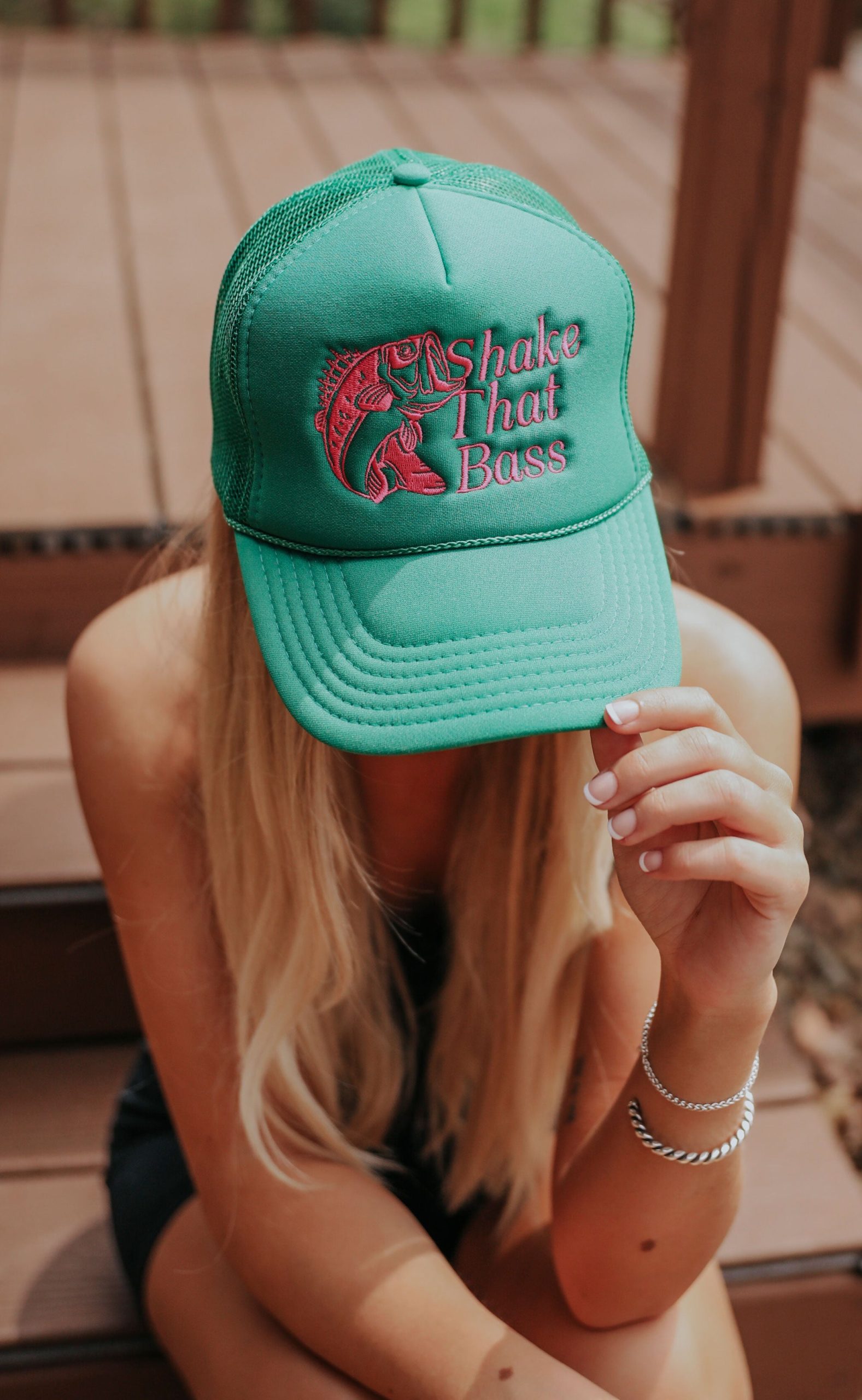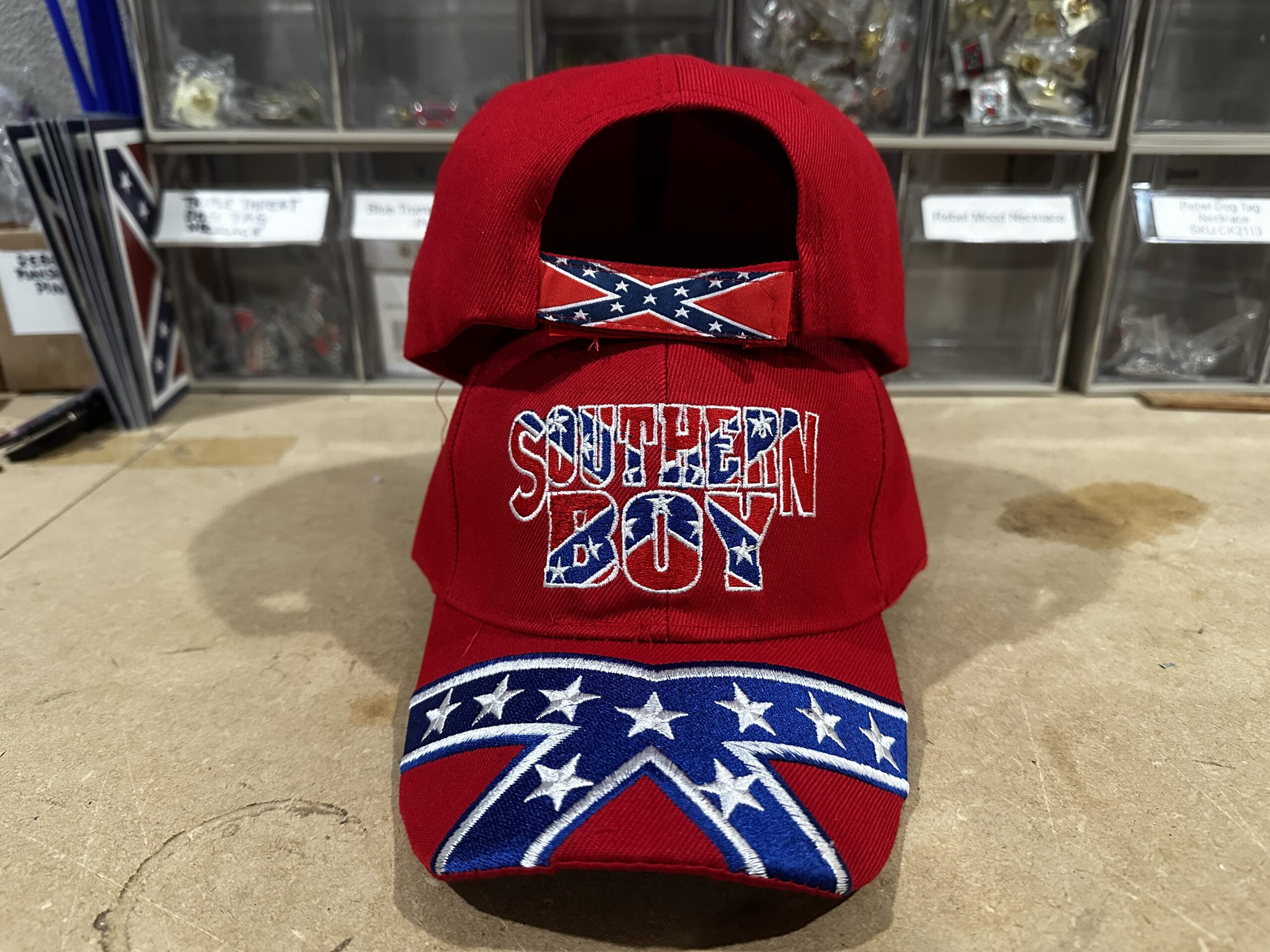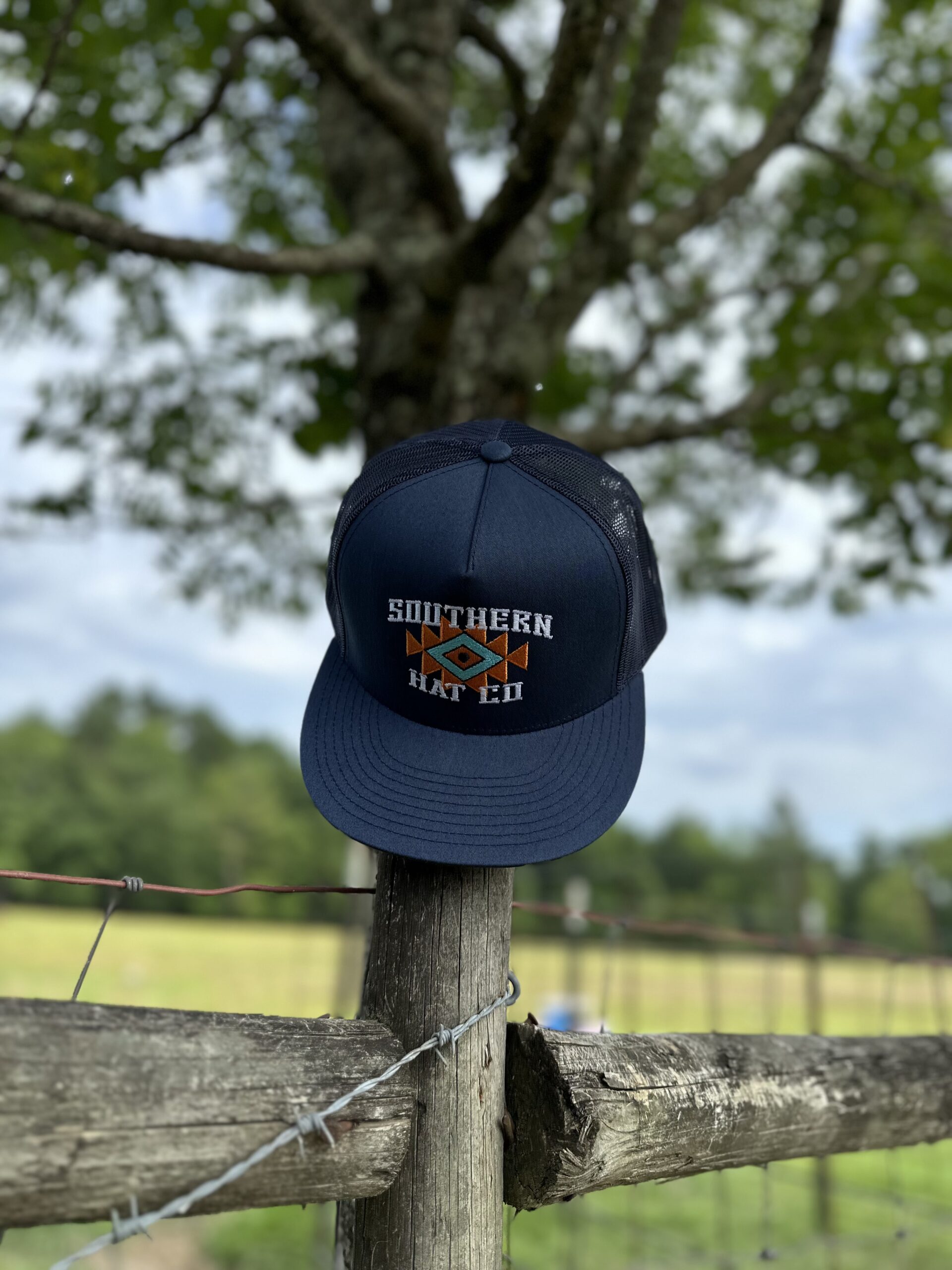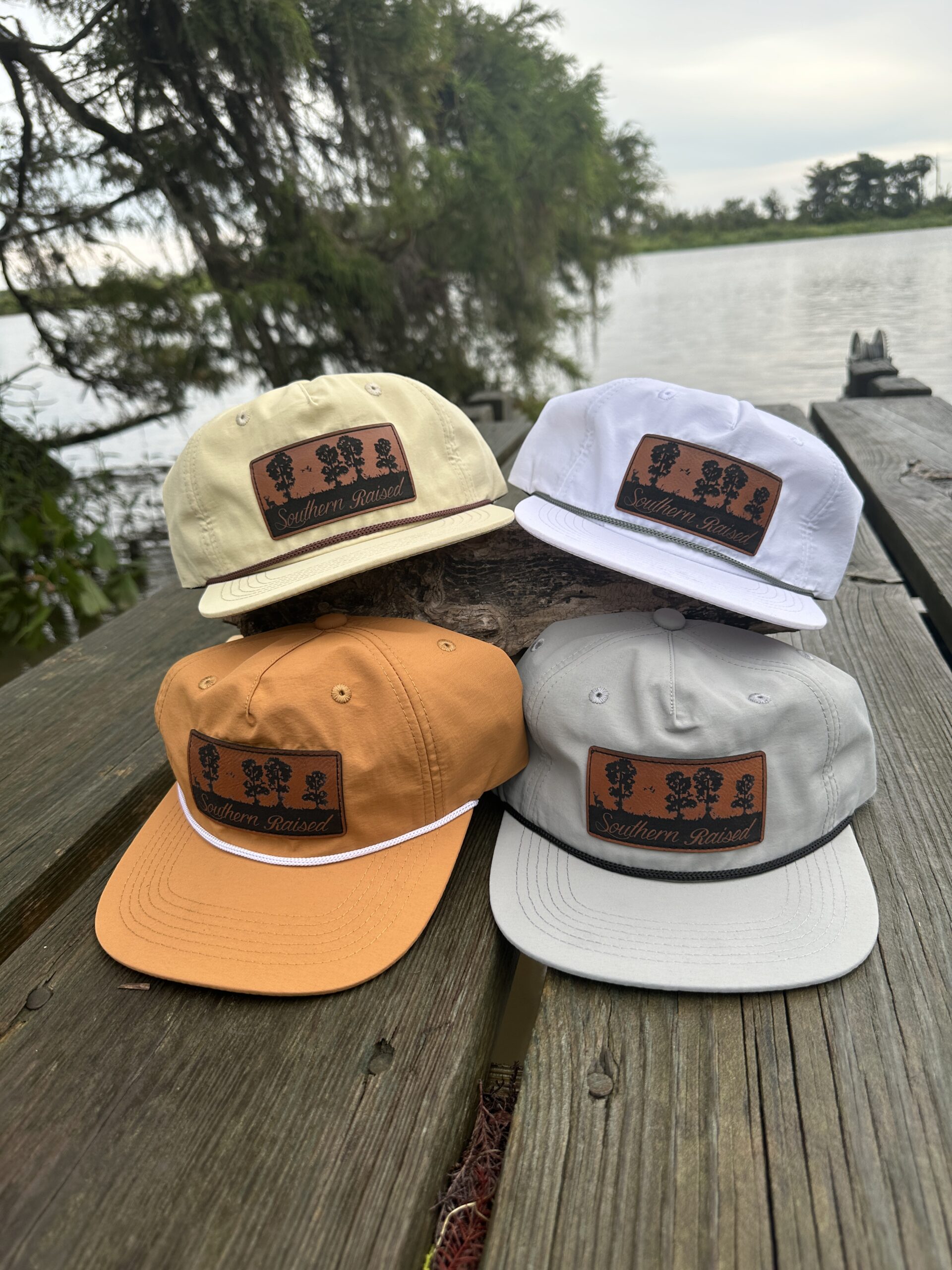Introduction
In the sultry heat of the American South, where sweet tea flows freely and the pace of life slows to a leisurely drawl, hats are more than mere accessories; they are symbols of tradition, practicality, and undeniable style. From the wide-brimmed plantation hats that shield wearers from the relentless sun to the dapper fedoras adorning gentlemen at Derby Day, southern hats encapsulate the region’s rich history and cultural pride. This guide delves into the iconic headwear that defines Southern charm, exploring their origins, styles, and the occasions where they shine brightest.

1. The Classic Straw Boater Hat
Originating in the late 19th century, the straw boater, also known as a skimmer or sennit hat, became synonymous with Southern gentlemanliness and summer sophistication. Typically made of stiffened straw with a flat crown and a narrow ribbon band, this hat is a staple at garden parties, polo matches, and outdoor concerts. Its timeless design complements seersucker suits and linen shirts, capturing the essence of a genteel Southern summer.
2. The Elegant Derby Hat
No discussion of Southern hats would be complete without mention of the extravagant headpieces seen at the Kentucky Derby. While men often sport sharp fedoras or traditional bowler hats, it’s the women’s hats that steal the show. Think oversized, flamboyant designs adorned with feathers, flowers, and ribbons, reflecting the event’s celebratory spirit and the South’s love for grandeur. These hats are statements of fashion and fun, embodying the excitement of the “Run for the Roses.”
3. The Timeless Cowboy Hat
Deep in the heart of Texas and across the ranchlands of the South, the cowboy hat reigns supreme. More than a mere accessory, it’s a functional tool protecting cowboys and cowgirls from the harsh sun and sudden rainstorms. With its high crown and wide brim, typically made of felt or straw, the cowboy hat embodies the rugged independence and romanticism associated with the American West and the Southern way of life.
4. The Plantation-Style Sunhat
Picture yourself strolling through rows of blooming magnolias or lounging on a wrap-around porch – the plantation-style sunhat is the epitome of Southern elegance and practicality. These broad-brimmed hats, often made of breathable materials like straw or cotton, provide ample shade while exuding a genteel grace. They’re a must-have for Southern ladies during outdoor events or lazy afternoons gardening.
5. The Fishing Cap & Bucket Hat
For days spent casting lines along the Gulf Coast or meandering through bayous, the fishing cap and bucket hat offer a more casual yet equally iconic Southern style. Typically made of durable cotton or nylon, these hats are designed to withstand the elements while keeping wearers cool. Their functional simplicity makes them a favorite among anglers and outdoor enthusiasts alike.
Occasions to Sport Your Southern Hat
From casual backyard barbecues to formal events like the aforementioned Kentucky Derby, Southern hats have a place in every social gathering. Weddings under the oak trees often see guests adorned in elegant wide-brim hats, while music festivals invite playful, colorful headwear. Even a simple stroll down Main Street in a quaint Southern town can be an opportunity to showcase your hat-wearing prowess.

The Cultural Significance of Southern Hats
Beyond their aesthetic appeal, Southern hats hold deep cultural significance that transcends generations. They serve as a tangible link to the past, preserving traditions and stories that have shaped the region’s unique identity.
1. Historical Roots and Regional Identity
Many Southern hat styles are rooted in the region’s diverse history, influenced by European settlers, African slaves, and indigenous cultures. For instance, the cowboy hat, while often associated with the Wild West, has its roots in the Spanish vaquero tradition, which was later adopted and transformed in the Southern states, particularly Texas. Similarly, the plantation-style sunhat echoes the antebellum era’s elegance, connecting modern Southerners to their ancestors’ way of life.
2. Fashion as a Reflection of Social Standing
Historically, hats were indicative of one’s social status and occupation. In the South, gentlemen’s hats, such as top hats and derbies, were worn on formal occasions, signifying respectability and wealth. The quality and style of a man’s hat could speak volumes about his position in society. For women, elaborate hats for church or special events were a display of both fashion sense and social standing.

3. The Art of Millinery and Craftsmanship
Southern hats often represent a celebration of craftsmanship and local artisans. Traditional milliners across the South continue to handcraft hats using techniques passed down through generations. From selecting the finest straws and felts to meticulously shaping each piece, these artisans ensure that every hat tells a unique story and maintains the highest standards of quality. This dedication to craft not only supports local economies but also preserves a valuable piece of Southern heritage.
4. Modern Interpretations and Fusion
While Southern hats pay homage to tradition, contemporary designers are infusing new life into these classic styles. By blending historical silhouettes with modern materials and innovative designs, these updated hats cater to a younger, fashion-forward demographic without losing touch with their roots. For example, eco-friendly materials and bold prints are being incorporated into traditional cowboy and sunhat designs, reflecting a growing awareness of sustainability and individual expression.
5. Celebrating Diversity and Inclusivity
As the South continues to evolve, so too do its hat traditions. Events like the New Orleans Jazz Fest or Mardi Gras showcase a vibrant mix of hats that reflect the area’s multicultural heritage, with influences from African, Caribbean, and European cultures. These gatherings demonstrate how hats can serve as a unifying force, fostering a sense of community and shared experience.

Conclusion
The art of wearing a hat in the South is not just about fashion; it’s a nod to heritage, a practical response to the climate, and a form of personal expression. Each style tells a story, reflecting the wearer’s personality and respect for tradition. So, whether you choose a classic boater, a flamboyant Derby hat, or a utilitarian cowboy hat, remember that in the South, a hat is more than an accessory—it’s a statement of identity and a salute to the region’s inimitable charm.

